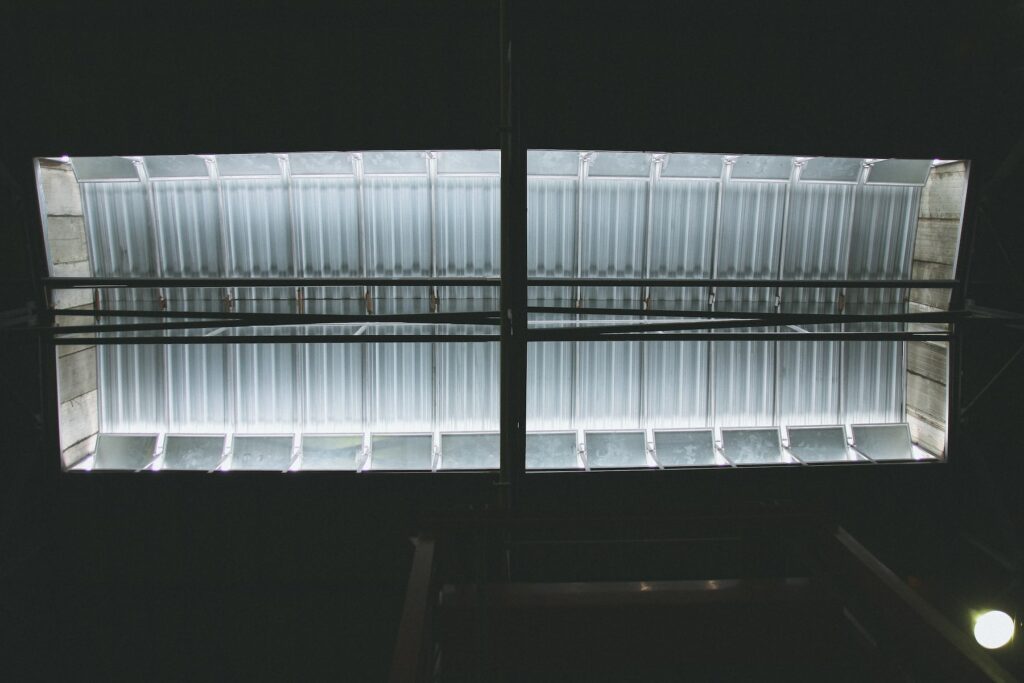Generative Adversarial Networks (GANs) have undoubtedly played a significant role in advancing digital creativity, spawning an era of inventiveness that both fosters and challenges the traditional boundaries of content creation. While initially utilized for generating images that mirrored their training sets, GANs are now moving towards producing creative outcomes that boldly deviate from existing data. Following this trend, creators are now venturing into uncharted territories with the generation of 3D geometry from 2D images.
The sophisticated capabilities introduced by transitioning to 3D models using GANs is not without its complexities. The arduous task of training such advanced networks is fraught with computational challenges. Altering the output of the generator or its structure can make the lessons learned from 2D GANs inapplicable, leading to a more demanding paradigm shift. Particularly, the need for rendering and higher capacity during the training phase has often been a stumbling block.
Despite the intricacies, research endeavors persist in making the transition from 2D to 3D as seamless as possible. The focus is on efficient procedures without undermining the GANs’ inferencing prowess. Taking the stage is the StyleGANv2 model, devised to ace this challenge with its robust design and interactive features.
In the quest for overcoming the computational hurdles and transitioning to 3D, a new generator branch has been introduced. This innovative construct generates a series of fronto-parallel alpha maps that are strikingly similar to multiplane images (MPIs). Integral to 3D content creation, these MPIs are used as a scene representation for generative models. This offers the unique advantage of generating content that is 3D-aware from various viewpoints while maintaining view consistency.
Converting these alpha maps to their final output format requires another intricate process. This is achieved by integrating the created alpha maps with the standard image output of the StyleGANv2. This integration results in an end-to-end differentiable multiplane style rendering that packs the potency of efficient rendering while tackling memory concerns, a vital attribute considering the demands of high-resolution 3D content creation.
As a testament to its efficiency, the alpha branch was subjected to rigorous training, offering startling results. The training process also involved a careful adjustment of the regular StyleGANv2 generator and discriminator, ensuring that the 3D-aware process synergizes with the existing framework. The ultimate goal was achieved – to unlock new possibilities in content creation by harmoniously blending the capabilities offered by 2D and 3D GANs in a unified framework, thus setting a benchmark in the domain.
The implications of successfully integrating 3D modeling in GANs are staggering. This opens a new world of opportunities for developers, artists, and all those involved in the fascinating realm of content creation. The journey has only begun, and with this promising start, the future of GANs and 3D modeling hold endless potential, adding new dimensions to our digital experience.
To conclude, the integration of 3D modeling in GANs promises to redefine the digital content creation landscape. Despite the challenges underlying the transition from 2D to 3D, the persistent efforts in overcoming them signify a giant leap in revolutionizing the field, embedding hopes for an even more creative and advanced future where imaginations can be rendered into stunning realities.


![The ‘Giveaway Piggy Back Scam’ In Full Swing [2022]](https://www.cjco.com.au/wp-content/uploads/pexels-nataliya-vaitkevich-7172791-1-scaled-2-683x1024.jpg)

